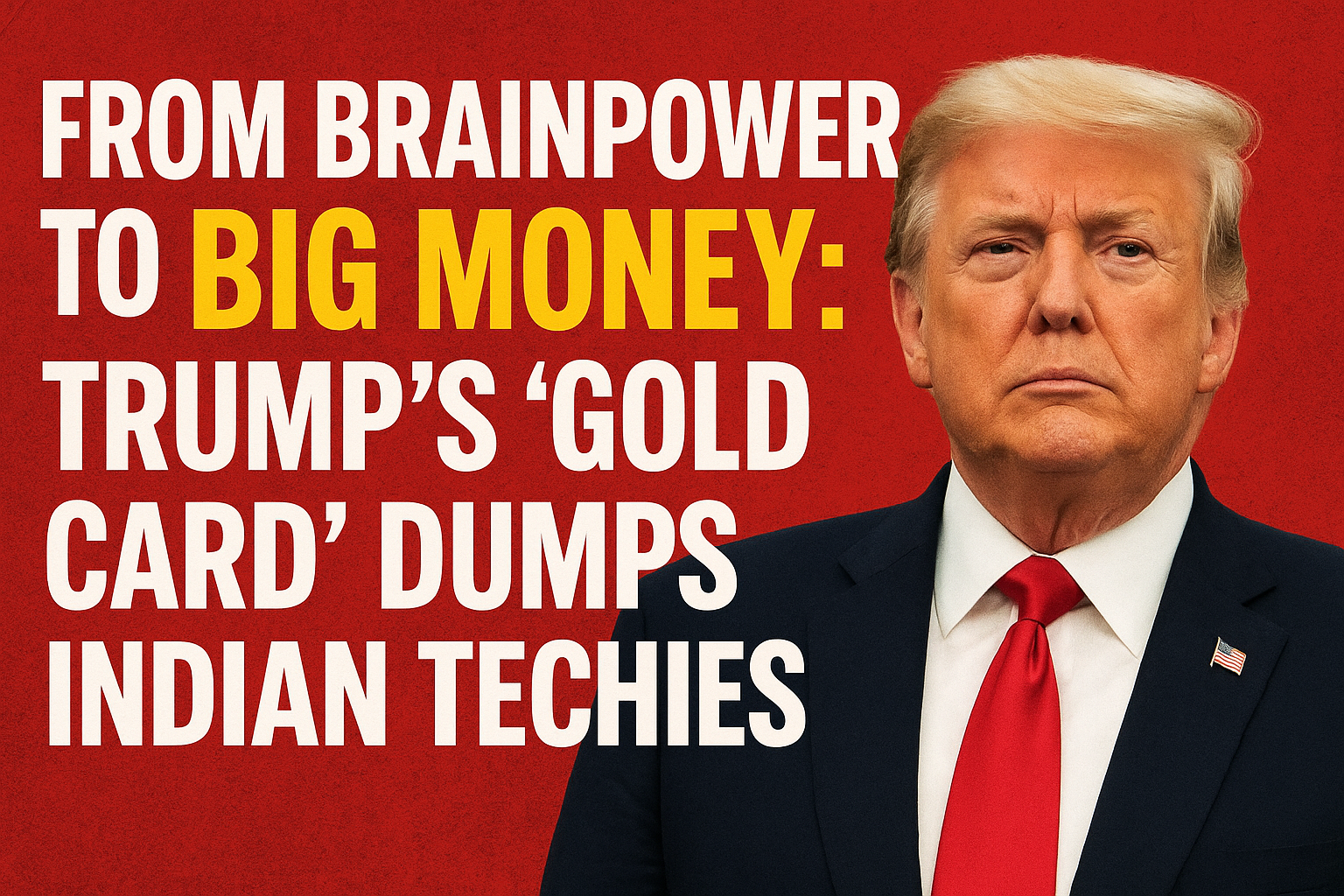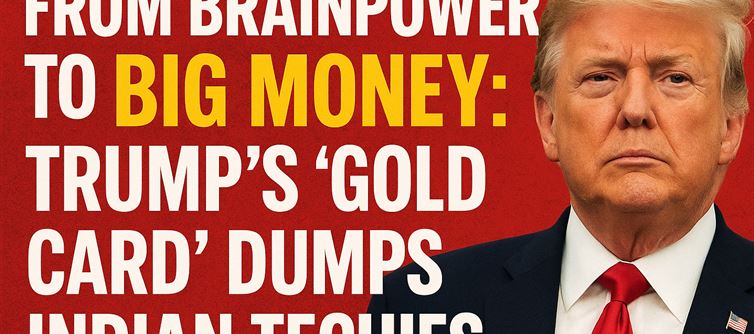The
trump administration’s renewed immigration push is not just a policy shift; it represents a philosophical redefinition of who “deserves” to come to America. By branding the H-1B program a “scam” and tilting the scales toward high-wage earners, Washington is signaling that the era of entry-level engineers and fresh graduates relying on sponsorships may be nearing its end. This change could hit
indian IT firms the hardest, as their
business models often depend on cost-effective mid-tier placements rather than only elite, high-salaried recruits. While U.S. tech giants like Google, Microsoft, and
amazon may still be able to retain top-paid talent, the ripple effect will squeeze small- and medium-sized firms, leaving thousands of skilled
indian workers stranded in uncertainty.

Equally controversial is the proposed “Gold Card” visa for wealthy investors, which critics argue openly commodifies residency. By offering green cards to those who can write a $5 million check—without necessarily creating jobs—the
trump team risks fueling perceptions that America is closing doors to talent but opening them wide for money. For the millions of
indian families waiting in backlogged green card queues, this feels like a betrayal: hardworking professionals must wait decades, while ultra-rich investors may skip the line overnight. This disparity, combined with heightened vetting for “ideological alignment” and looming curbs on student work programs, paints a picture of an immigration system becoming more exclusionary, transactional, and politically driven than ever before.























